Introduction
During the Industrial Age from 1700s to 1800s human society undertook essential changes. The production of goods using machines replaced traditional handmade methods to transform every level of production and living.
Modern society’s essential elements emerged through the advanced technologies created at that time. The inventions of steam engines and electrical power created new ways to transport people and information which changed how people lived and communicated.
This article shows the top 10 remarkable technologies from the Industrial Age and explains their worldwide impact.
10. The Telegraph (1837)
People had severe problems with their slow and uncertain long-distance communication before the telegraph system arrived. Technical advances made by Samuel Morse and Alfred Vail during the development of the electric telegraph changed how people distributed information speedily.
Table of Contents
Why It Was Revolutionary:
- The new technology made remote contact happen at light speed.
- Messages were delivered speedily using Morse Code.
- The invention changed how war was fought and communicated news as well as issued into global markets.
Lasting Impact:
The first telegraph system led directly to the creation of telephone technology which further evolved into radio broadcasting followed by internet networks.
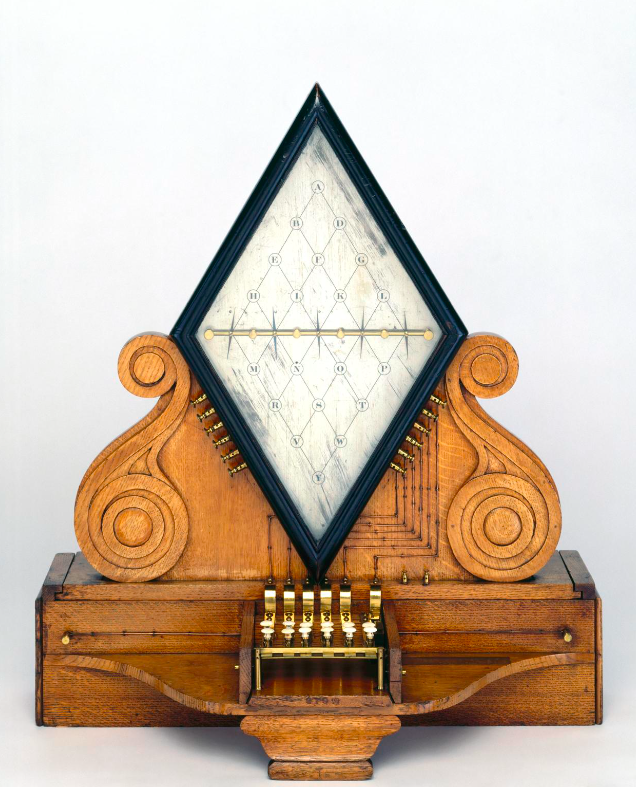
9. The Mechanical Reaper (1831)
Before the Industrial Age farmers needed many hours to manually collect their crops. Through the mechanical reaper, Cyrus McCormick made farming operations quicker than ever before.
Why It Was Revolutionary:
- The new farm tool helped farmers cut and gather crops more quickly without many workers.
- Increased food production, supporting population growth.
- The lower need for physical work made cities attract more people who then worked at industrial facilities.
Lasting Impact:
The mechanical reaper spurred an agricultural revolution that produced enough food for growing numbers of Industrial Age industrial workers to work and live in cities.

8. The Sewing Machine (1846)
Traditional clothing manufacturing took extended effort until Elias Howe and Isaac Singer enhanced the sewing machine design.
Why It Was Revolutionary:
- Clothing production machines helped companies create and sell clothing at cheaper rates.
- It helped develop the fashion field and generated more employment opportunities.
- The invention enabled us to manufacture textiles on a large scale which later resulted in factory production.
Lasting Impact:
After inventing the sewing machine manufacturers started a ready-made clothing sector that controls the fashion market presently.
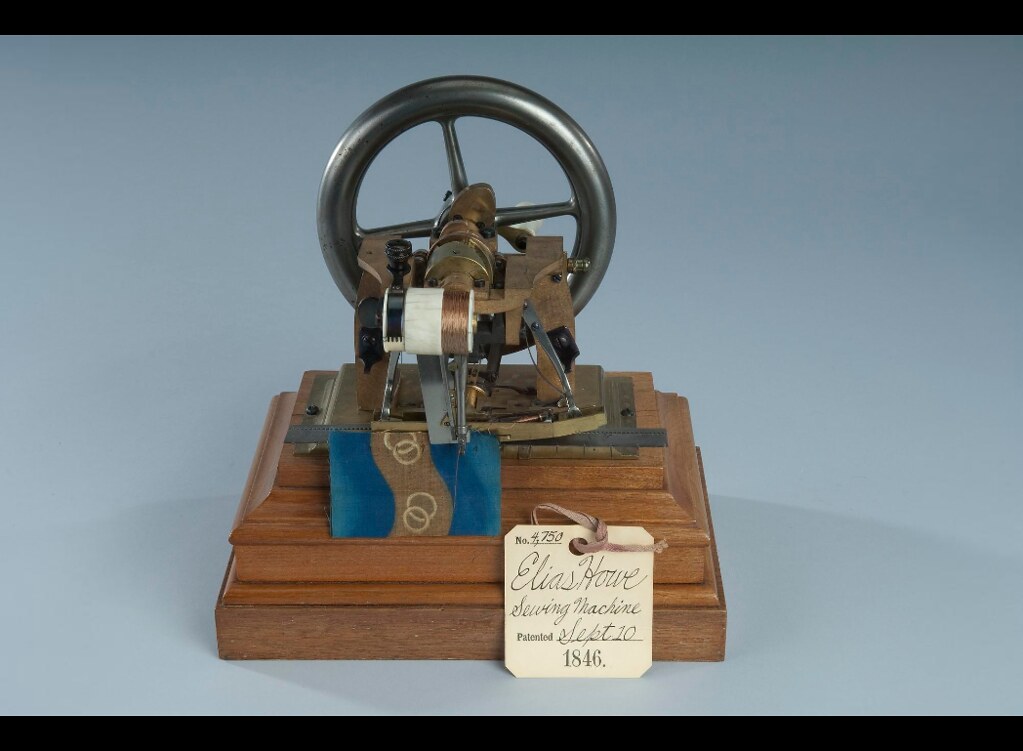
7. The Internal Combustion Engine (19th Century)
The gasoline-powered engine changed how people moved by starting the car revolution.
Why It Was Revolutionary:
- More efficient than steam engines for smaller vehicles.
- The invention led to the production of vehicles including cars and planes plus motorcycles.
- The oil industry developed faster with its inclusion.
Lasting Impact:
Our society continues to use internal combustion engines as a transportation method although electric engines are starting to become popular.
![A three-horsepower internal combustion engine that ran on coal gas] - PICRYL - Public Domain Media Search Engine Public Domain Search](https://cdn18.picryl.com/photo/2019/10/08/a-three-horsepower-internal-combustion-engine-that-ran-on-coal-gas-183445-1024.jpg)
6. The Bessemer Process (1856)
Before Bessemer, nobody could make steel economically because of his new production technique.
Why It Was Revolutionary:
- The Bessemer Process created more affordable and efficient steel manufacturing equipment.
- The manufacturing method made it possible to build large buildings, railway systems, and bridges throughout cities.
- Helped expand urbanization and industrialization.
Lasting Impact:
Modern infrastructure depends entirely on steel for the construction of buildings and transportation systems.

5. The Spinning Jenny (1764)
Spinning yarn took place at a slower pace before industrial machines arrived. James Hargreaves used the Spinning Jenny to boost textile production at factories.
Why It Was Revolutionary:
- Each spinning machine worked with multiple threads simultaneously.
- Textile factories began to appear because of greater yarn manufacture.
- The British Industrial Revolution gained strength from this invention.
Lasting Impact:
The textile industry scaled up quickly to become a leading worldwide industry that touched global commerce, economic performance, and clothing designs.

4. The Steam Engine (1765)
The steam engine designed by James Watt changed the Industrial Era and made facilities trains and ships run efficiently.
Why It Was Revolutionary:
- The power system made machines work efficiently by replacing many workers.
- The growth of factory production and industrial equipment happened because of this development.
- The steam engine helped move over land and at sea by allowing ships and trains to use it for power.
Lasting Impact:
The steam engine served as a foundation for contemporary power factories which later developed into electric power plants.
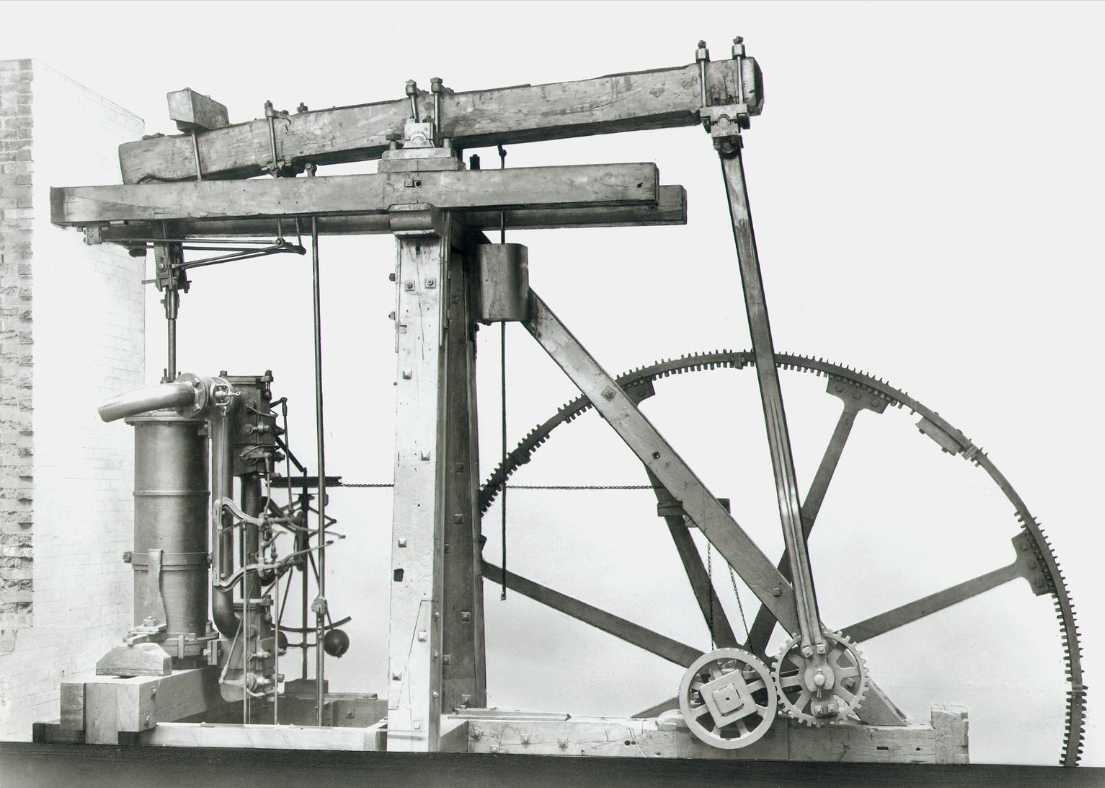
3. The Railroad System (19th Century)
Cities linked together through railroads allowed businesses to develop nationally and internationally while making worldwide commerce easier to handle.
Why It Was Revolutionary:
- Moving people and goods at reduced times and expenses.
- The companies grew their production and output in the coal, steel, and manufacturing sectors.
- These developments increased urban population expansion while making global business networks grow.
Lasting Impact:
Modern transit systems use rail transportation which improves through fast electric train technology.
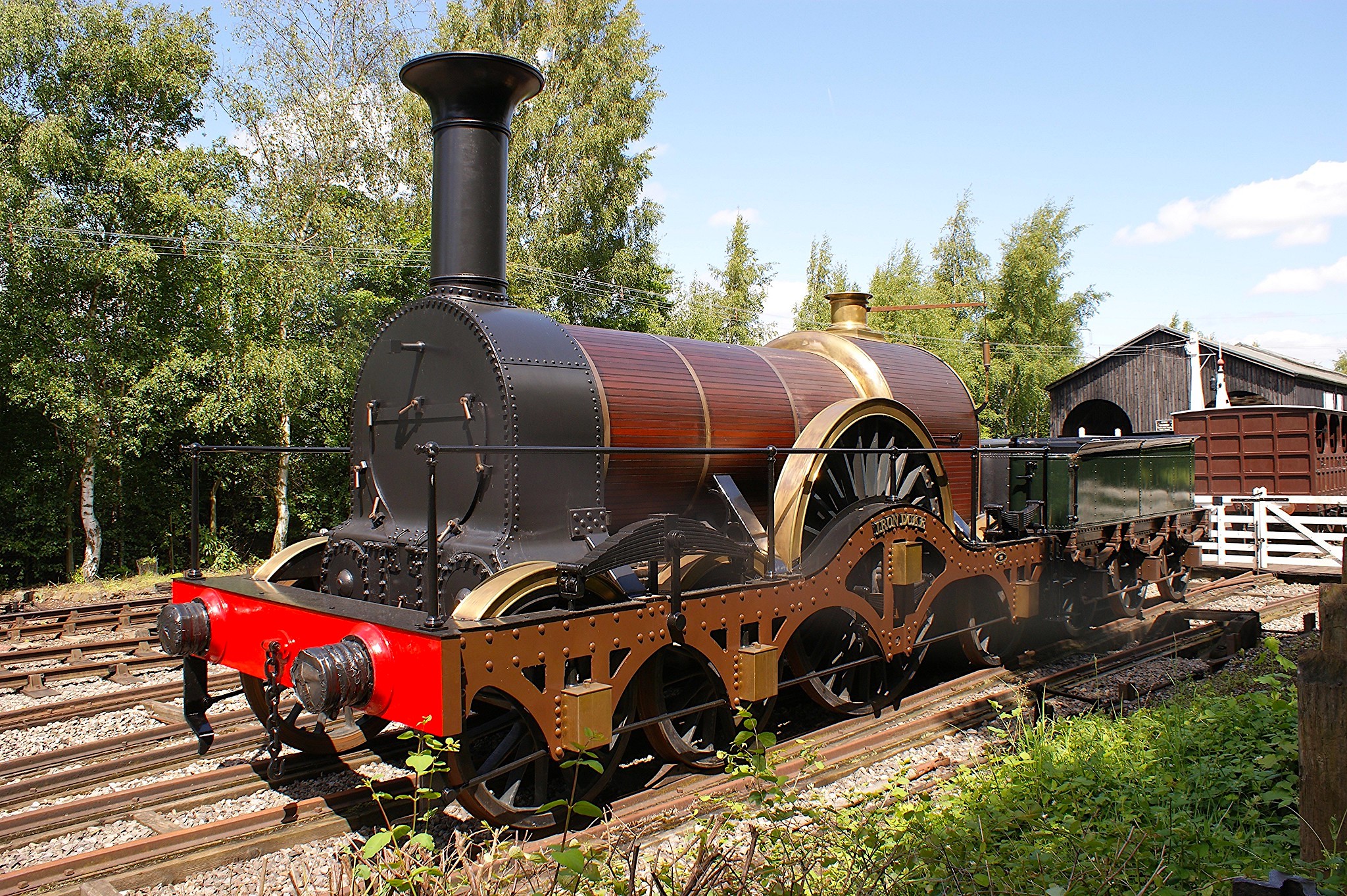
2. The Electric Power System (Late 19th Century)
Thomas Edison Nikola Tesla and George Westinghouse created electrical power to transform both production and regular life activities.
Why It Was Revolutionary:
- The electrical power system allowed people across the world to use lighting through electricity.
- Powered factories, homes, and transportation.
- Replaced steam power with cleaner, more efficient energy.
Lasting Impact:
Electricity enables modern life and enables the production of our devices while powering artificial intelligence technology.
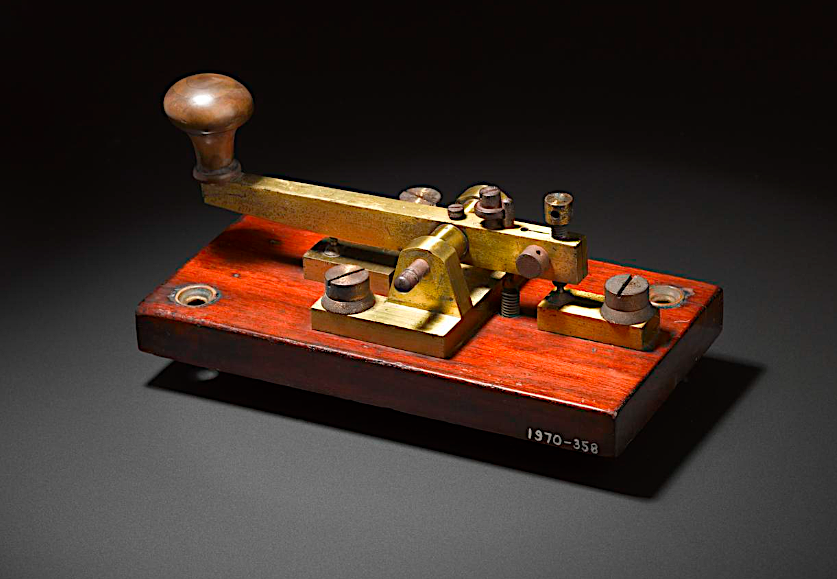
1. People used industrialized printing presses in the 19th century
Johannes Gutenberg introduced the printing press in the 15th century yet its industrialization during the 19th century made mass communication reach new heights.
Why It Was Revolutionary:
- Manufacturing equipment created many printed materials including textbooks and periodicals quickly.
- The world now has more educated citizens because of the spread of reading materials.
- Books and writings distributed scientific information and radical politics as well as different cultural traditions.
Lasting Impact:
The printing press developed the basis for contemporary media systems and educational systems during the growth of information technology.
![Employees at printing presses in the Bureau of Engraving and Printing] - PICRYL - Public Domain Media Search Engine Public Domain Image](https://cdn18.picryl.com/photo/2019/10/05/employees-at-printing-presses-in-the-bureau-of-engraving-and-printing-a4946c-1024.jpg)
Conclusion
During the Industrial Age people experienced major technical breakthroughs that changed their everyday life at work and home while transforming transportation. The ten revolutionary technologies created our present world by helping industrial facilities operate automatically and making global trade and digital modernization possible.
Our modern lives remain influenced by these Industrial Age changes which continue to improve in the present.
What do you think caused the greatest impact in modern society? Please comment with your opinions about the matter.
Top 10 Lists of the people, things, places, most expensive, animals, most popular, luxury and high rankings of world. World's Top Insider focuses on the top ten lists of best, greatest and top rankings in the world.


